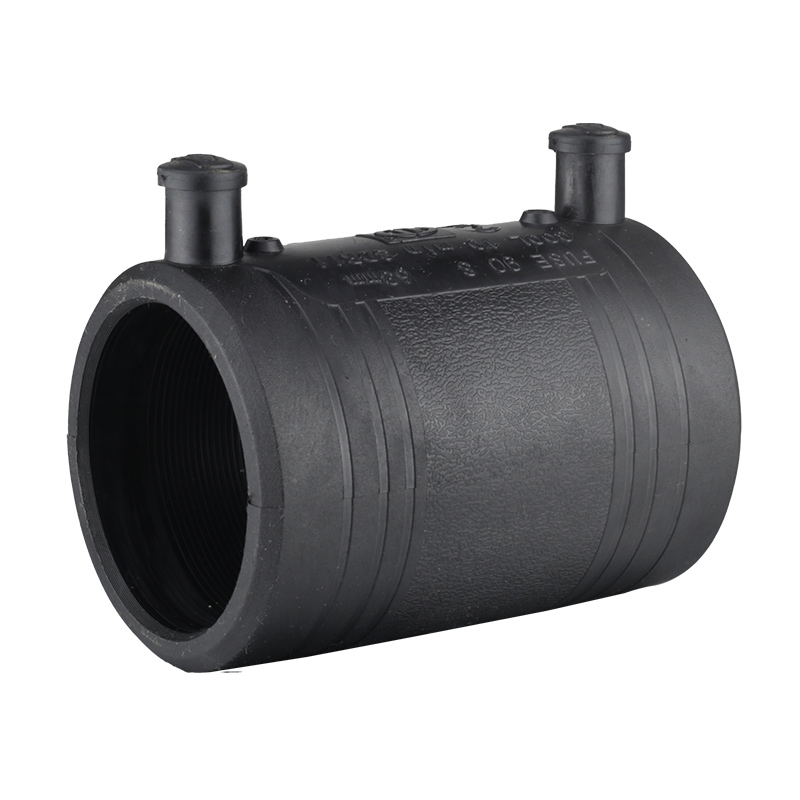In the ever-evolving world of materials science, graphite has emerged as an extraordinary substance with a range of applications that highlight its unique advantages over other materials. From its unparalleled conductivity to its thermal stability, graphite boasts properties that make it superior in various contexts. This article delves into the reasons why graphite outshines other materials, exploring its key attributes, applications, and the science behind its exceptional performance.
- Exceptional Electrical Conductivity Mechanism of Conductivity
Graphite’s electrical conductivity is one of its most remarkable properties. Unlike metals where conductivity arises from free-moving electrons in a lattice structure, graphite’s conductivity is due to the delocalized electrons within its planar hexagonal lattice. Each carbon atom in graphite forms three sigma bonds with neighboring carbon atoms, while the fourth valence electron is free to move within the planes. This results in high electrical conductivity along the planes of the graphene sheets.
Applications and Advantages
This high conductivity makes graphite ideal for various electronic applications. It is used in batteries, fuel cells, and supercapacitors where efficient charge and discharge cycles are crucial. In contrast, materials like ceramics and polymers typically have much lower electrical conductivity, limiting their use in high-performance electronic devices.
- Thermal Stability and Conductivity Thermal Properties
Graphite exhibits excellent thermal stability, maintaining its structural integrity at temperatures up to 3,000°C in inert atmospheres. This property is attributed to the strong covalent bonds between carbon atoms in the graphene layers, which are resistant to thermal degradation. Additionally, graphite's in-plane thermal conductivity is exceptionally high, allowing it to effectively dissipate heat.
Comparative Analysis
In comparison, metals like aluminum and copper also offer good thermal conductivity, but they tend to lose their structural properties at high temperatures. Ceramics, while thermally stable, often lack the thermal conductivity required for applications like heat sinks. Thus, graphite’s ability to combine high thermal conductivity with exceptional heat resistance makes it superior for high-temperature applications and thermal management solutions.
- Lubricating Properties Mechanics of Lubrication
Graphite’s layered structure allows it to function as an effective lubricant. The weak van der Waals forces between the graphene layers enable them to slide over each other easily, reducing friction and wear. This makes graphite an excellent choice for high-temperature and high-pressure environments where traditional lubricants might fail.
Advantages Over Other Lubricants
Unlike oil-based lubricants that can degrade or evaporate under extreme conditions, graphite remains stable and effective. It is also used in situations where contamination from liquid lubricants is a concern, such as in clean-room environments or in the aerospace industry. Other solid lubricants, like molybdenum disulfide, do not provide the same level of performance in extreme conditions.
- Chemical Inertness and Corrosion Resistance Chemical Stability
Graphite’s chemical inertness is another area where it excels. It does not react with most acids or bases and is resistant to oxidation at elevated temperatures. This makes it suitable for use in harsh chemical environments where other materials might corrode or degrade.
Comparative Resistance
Metals such as iron or aluminum are prone to oxidation and corrosion, which limits their lifespan and effectiveness in certain applications. Ceramics, while generally chemically resistant, can be brittle and prone to mechanical failure. Graphite’s combination of chemical resistance and mechanical stability provides a significant advantage in applications such as electrodes, crucibles, and chemical reactors.
- Environmental and Sustainability Benefits Recycling and Reusability
Graphite has the advantage of being relatively easy to recycle compared to many other materials. Used graphite, particularly from batteries and industrial processes, can be reprocessed and reused, which reduces waste and supports sustainability. This is increasingly important in a world that values environmental stewardship.
Sustainability Challenges
While graphite itself is recyclable, the mining and processing of graphite can have environmental impacts, including habitat disruption and resource depletion. Therefore, there is a growing focus on improving the sustainability of graphite production and exploring alternatives like synthetic or recycled graphite to mitigate these issues.
Conclusion
Graphite’s unique combination of properties—exceptional electrical and thermal conductivity, superior lubricating abilities, chemical inertness, and recyclability—make it a superior material in various applications. Whether used in electronics, high-temperature environments, or as a lubricant, graphite consistently demonstrates its advantages over other materials. As industries continue to seek materials that offer high performance and sustainability, graphite’s unique attributes will ensure its continued relevance and dominance.




More Stories
How to Choose the Perfect Auto Fast Charger for Your Car & Devices
Why Single Phase Pole Top Transformers Are Ideal for Rural Areas
Why A283 Carbon Steel Coil Is the Preferred Choice for Structural and Fabrication Projects